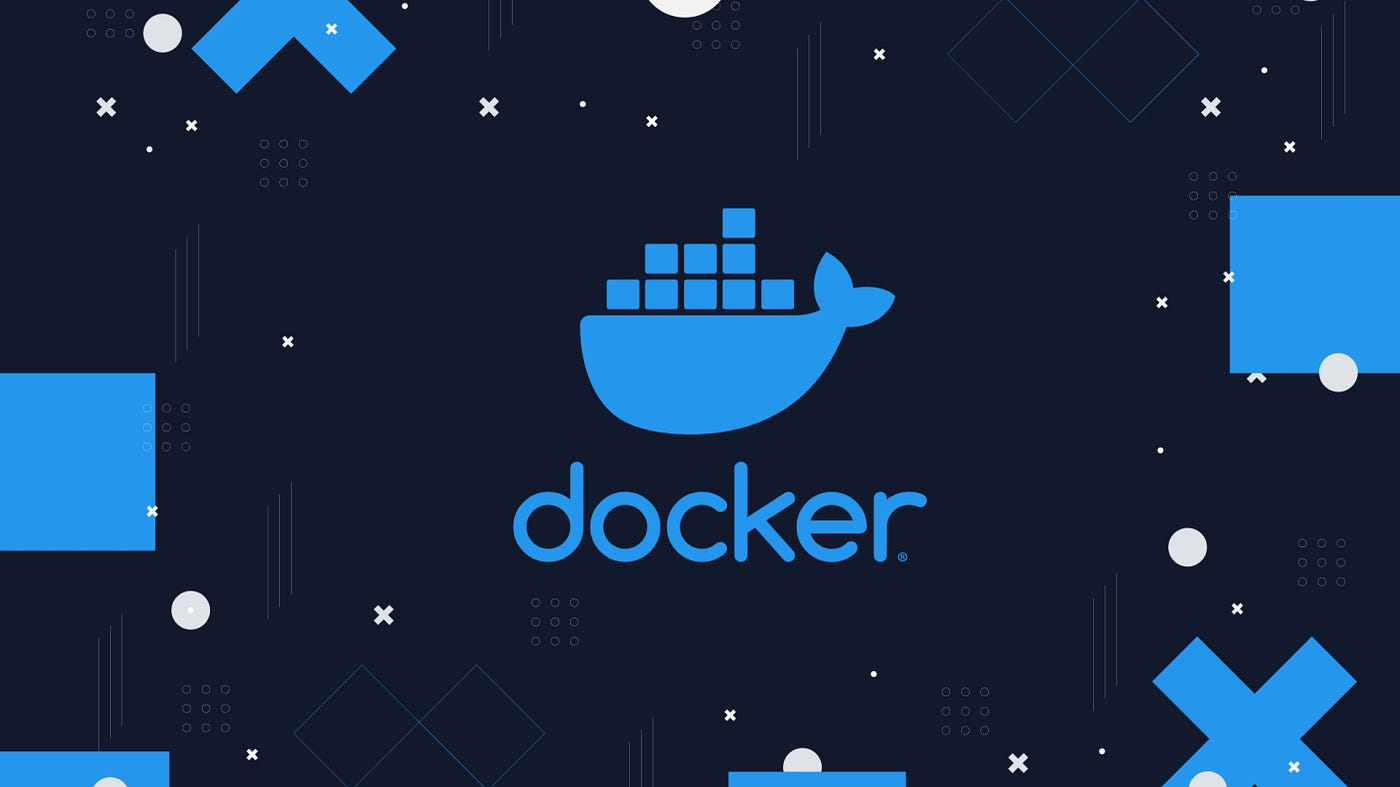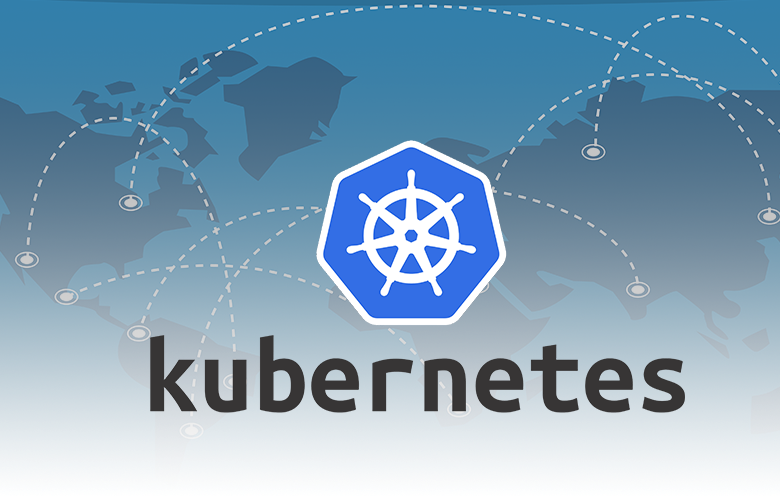Modern containerization has transformed how applications are deployed, managed, and scaled. Two names dominate this space: Docker and Kubernetes. While often mentioned together, they serve different yet complementary purposes. Deciding which one to use—or whether to use both—requires a clear understanding of their strengths, limitations, and how they fit into the broader ecosystem of cloud-native development.
What is Docker?
Docker is a platform designed to simplify the creation, deployment, and execution of applications using containers. Containers package software with all its dependencies—libraries, binaries, and configuration files—into a single, portable unit that runs consistently across different environments.
Key Features of Docker
- Lightweight Virtualization – Unlike traditional virtual machines, Docker containers share the host OS kernel, making them more efficient.
- Portability – Containers run uniformly on any system that supports Docker, reducing the “it works on my machine” problem.
- Docker Hub – A vast repository of pre-built images that accelerates development workflows.
- Fast Deployment – Containers start in seconds, making them ideal for rapid development cycles.

Limitations of Docker
- Orchestration Challenges – While Docker includes Docker Swarm for managing clusters, it lacks the robustness of Kubernetes for large-scale deployments.
- Limited High Availability – Without additional tools, ensuring fault tolerance across multiple nodes can be complex.
- Security Concerns – Misconfigurations can lead to vulnerabilities, especially in multi-tenant environments.
What is Kubernetes?
Kubernetes (K8s) is an orchestration platform that automates the deployment, scaling, and management of containerized applications. Originally developed by Google, it is now maintained by the Cloud Native Computing Foundation (CNCF).
Key Features of Kubernetes
- Auto-Scaling – Dynamically adjusts workloads based on demand.
- Self-Healing – Restarts failed containers, replaces unresponsive nodes, and ensures high availability.
- Load Balancing – Distributes network traffic to maintain stability.
- Multi-Cloud Support – Works across on-premises, cloud, and hybrid environments.

Limitations of Kubernetes
- Steep Learning Curve – Configuring and maintaining a Kubernetes cluster requires deep technical expertise.
- Resource Intensive – Smaller projects might not justify the overhead of a full K8s deployment.
- Complex Setup – While managed services (like EKS, AKS, GKE) help, self-managed clusters demand significant effort.
Kubernetes vs Docker: A Direct Comparison
| Feature | Docker (Standalone) | Kubernetes |
|---|---|---|
| Primary Use | Containerization | Orchestration |
| Scalability | Limited (with Docker Swarm) | Highly scalable |
| Ease of Use | Simple for single apps | Complex, requires expertise |
| High Availability | Basic | Advanced self-healing |
| Best For | Local dev, small workloads | Production, microservices |
When to Use Docker Alone
Docker is the go-to choice when:
- Developing locally – Running isolated applications without needing cluster management.
- Building CI/CD pipelines – Many CI tools integrate seamlessly with Docker.
- Prototyping quickly – Spin up containers without the complexity of an orchestrator.
For small teams or single-machine deployments, Docker alone may be sufficient. However, as applications grow, orchestration becomes necessary.
When to Use Kubernetes
Kubernetes shines in:
- Large-scale microservices – Managing hundreds or thousands of containers efficiently.
- Multi-cloud deployments – Ensuring consistency across different infrastructures.
- High availability requirements – Automating failover and recovery for mission-critical apps.
If you’re running stateful applications, need rolling updates, or demand zero-downtime deployments, Kubernetes is the superior choice.
Can They Work Together?
Absolutely. Docker and Kubernetes are not mutually exclusive. In fact, they often complement each other:
- Docker builds the containers – Developers create images using Dockerfiles.
- Kubernetes manages the containers – The orchestrator ensures these containers run optimally in production.
Major cloud providers offer managed Kubernetes services (like Google Kubernetes Engine or Amazon EKS) that abstract away much of the complexity, making it easier to adopt both technologies in tandem.
Emerging Alternatives
While Docker and Kubernetes dominate the conversation, alternatives exist:
- Podman – A Docker-compatible runtime without a daemon, preferred for security-conscious setups.
- Nomad – A simpler orchestrator by HashiCorp, ideal for smaller workloads.
- OpenShift – A Kubernetes distribution with additional developer and security tooling.
Final Verdict: Which Should You Choose?
The decision depends on your project’s scale and complexity:
- For developers working on small projects, Docker alone is likely enough.
- For enterprises managing large-scale production workloads, Kubernetes is essential.
- For most cloud-native applications, using both Docker for containerization and Kubernetes for orchestration is the best approach.
By understanding their roles, strengths, and limitations, you can make an informed decision that aligns with your infrastructure goals.

Containerization and orchestration are evolving fields, and staying informed about best practices ensures you leverage these technologies effectively. Whether you choose Docker, Kubernetes, or both, the key is aligning their capabilities with your application requirements.






